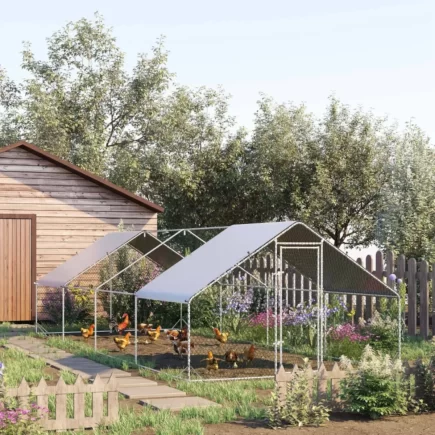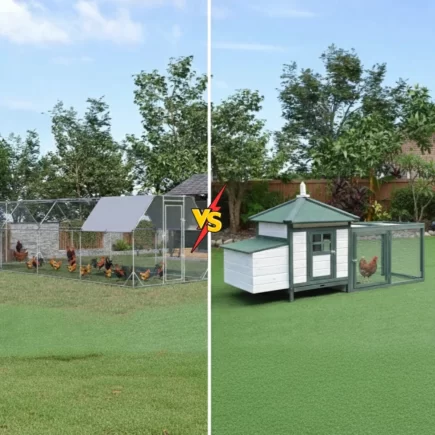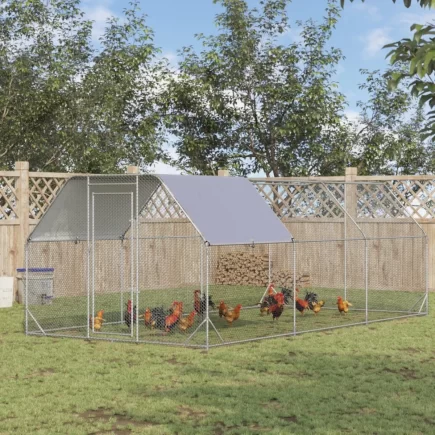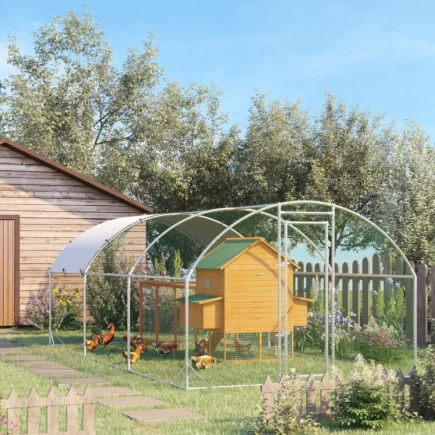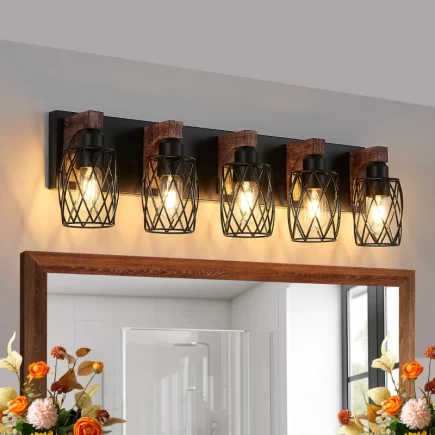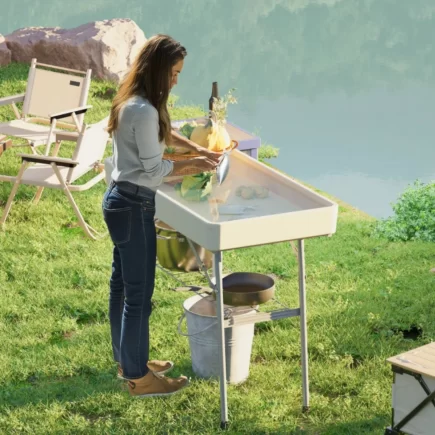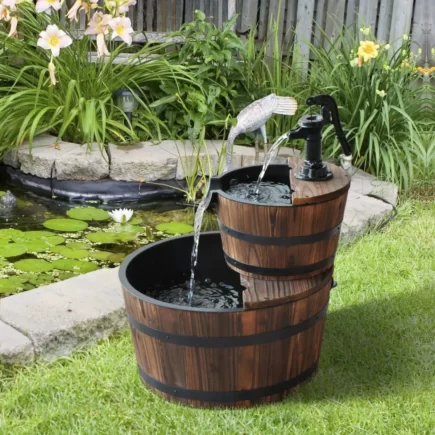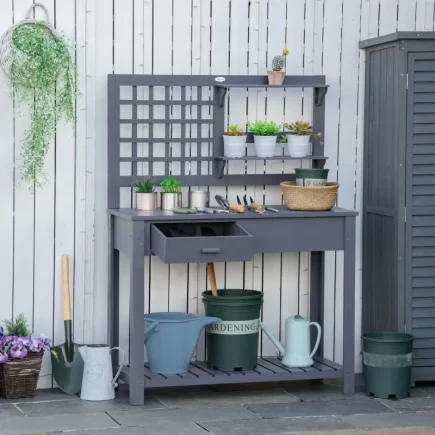A greenhouse is a highly effective way to optimize plant growth by creating a controlled environment. Whether you’re a seasoned gardener, a hobbyist looking to grow vegetables in your backyard, or a commercial grower looking for a way to expand production therefore understanding how greenhouses work is important.

Three Basic Principles of Greenhouse
At the core of every greenhouse is its ability to harness solar energy, retain heat, and regulate the environment to create an optimal setting for plant growth. These three main principles of solar energy capture, heat retention, and environmental control are critical for success. Let’s break these down one by one.
1.Solar Energy Capture
The most fundamental principle behind the operation of a greenhouse is its ability to capture and utilize solar energy. The transparent material used to construct a greenhouse whether it’s glass, polycarbonate, or plastic allows sunlight to penetrate the structure, which is absorbed by the plants, soil, and walls. This light is converted into heat, warming the air and creating a controlled environment for growth.

Heat Retention: Maintaining Warmth for Plants
The heat retention inside a greenhouse can be particularly useful during the night or in cold weather, as it prevents the temperature from dropping too low. Many greenhouses also incorporate thermal mass, which refers to materials like stone or concrete inside the greenhouse that absorb and store heat during the day, slowly releasing it during cooler nights.
By maintaining an optimal temperature, a greenhouse allows plants to grow year-round, even in winter months when outdoor conditions might be less than ideal. It is crucial to select a greenhouse with the right materials to ensure that heat retention is maximized.

Environmental Control: Temperature, Light, and Humidity Regulation
A greenhouse works by controlling three essential environmental factors: temperature, light, and humidity. Each of these elements is crucial for plant health. When any of these conditions are not ideal, plant growth can be hindered. Therefore, the ability to regulate these factors is what makes a greenhouse so powerful.
- Temperature Control:
The key to maintaining a steady temperature inside a greenhouse is balancing heat retention with proper ventilation. While greenhouses trap heat during colder months, they can become too hot during the summer if not properly ventilated. Automated systems, like roof vents or sidewalls, help regulate the internal temperature by allowing warm air to escape while cooler air is drawn in.

- Light Control:
Light is a critical factor in photosynthesis, the process by which plants convert light into energy. However, too much sunlight can cause plants to overheat or dry out. This is where shading systems come into play. By using shade sails or thermal screens, you can control the intensity of light entering the greenhouse, providing the ideal growing conditions for different types of plants.

- Humidity Control:
Humidity is another important factor that must be managed within a greenhouse. Excessive humidity can lead to the growth of mold and mildew, while too little moisture can cause plants to dry out. Greenhouses often feature automated misting systems, dehumidifiers, and fans to maintain ideal humidity levels. These systems work together to create an environment that promotes healthy plant growth, free from the risk of diseases caused by improper moisture levels.

The Science Behind Greenhouse Operation
Managing Light for Plant Growth
Greenhouses often come equipped with adjustable shading systems such as thermal screens or shade nets, which help to reduce light intensity during the hottest parts of the day.
By controlling light exposure, you ensure that your plants receive the optimal amount of sunlight for growth without suffering from heat stress. For gardeners in sunny climates, shade sails are a practical solution to protect plants from excessive sunlight.

Heat Regulation: Ventilation and Airflow
While a greenhouse needs to trap heat for optimal plant growth, it also needs to ensure that excessive heat does not build up. Proper ventilation is essential in this regard. Most modern greenhouses include automated ventilation systems that open and close based on the temperature inside.
Automated ventilation systems can include roof vents, sidewall vents, and louvered windows that open to allow fresh air in and hot, stale air to escape. This ensures a steady flow of air, which not only helps regulate temperature but also keeps humidity levels in check, preventing fungal growth and promoting plant health.

Humidity Control Tools for Maintaining Moisture
In a greenhouse, maintaining the right balance of moisture is crucial for plant health. Too much humidity can cause fungal growth, while too little can lead to dehydration. To combat this, greenhouses are equipped with various humidity control systems:
- Misting Systems: These systems spray fine water droplets into the air to increase humidity.
- Dehumidifiers: These help lower excessive moisture levels when humidity becomes too high.
- Fans: Proper air circulation is essential to prevent stagnant air and to help reduce humidity.

By understanding and harnessing the principles outlined in this guide, you can create an optimal environment for your plants to thrive, regardless of external conditions. Explore the different types of Greenhouses available at Aosom, consider your specific needs, and take the first step towards a more productive and rewarding growing experience.
FAQs
1. How much sunlight does a greenhouse need daily?
Most plants need 6–8 hours of direct sunlight. If your location doesn’t provide enough, consider supplemental grow lights to ensure healthy growth, especially in winter months.
2. What is the main purpose of a greenhouse?
A greenhouse creates a controlled environment that helps plants grow by regulating temperature, humidity, and light. It protects plants from extreme weather, pests, and seasonal changes.
3. Why is ventilation important in a greenhouse?
Ventilation prevents overheating and controls humidity. It ensures fresh air circulates, helping plants “breathe” and reducing the risk of fungal diseases.

